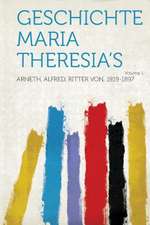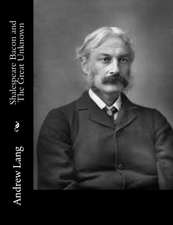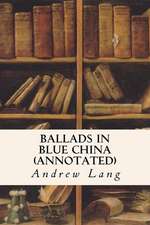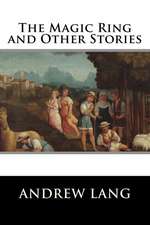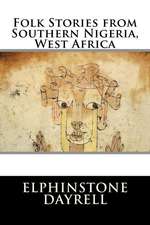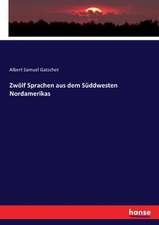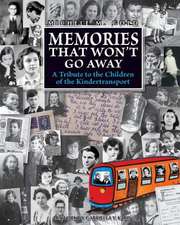Pickle The Spy
Autor Andrew Langen Limba Engleză Paperback – oct 2008
| Toate formatele și edițiile | Preț | Express |
|---|---|---|
| Paperback (5) | 95.38 lei 38-44 zile | |
| CREATESPACE – | 102.04 lei 3-5 săpt. | |
| CREATESPACE – | 112.16 lei 3-5 săpt. | |
| Blurb – 8 feb 2019 | 95.38 lei 38-44 zile | |
| Book Jungle – 8 mar 2010 | 151.42 lei 6-8 săpt. | |
| Kessinger Publishing – oct 2008 | 305.26 lei 38-44 zile |
Preț: 305.26 lei
Nou
Puncte Express: 458
Preț estimativ în valută:
58.41€ • 60.35$ • 48.59£
58.41€ • 60.35$ • 48.59£
Carte tipărită la comandă
Livrare economică 15-21 martie
Preluare comenzi: 021 569.72.76
Specificații
ISBN-13: 9781437132908
ISBN-10: 1437132901
Pagini: 384
Dimensiuni: 152 x 229 x 21 mm
Greutate: 0.56 kg
Editura: Kessinger Publishing
ISBN-10: 1437132901
Pagini: 384
Dimensiuni: 152 x 229 x 21 mm
Greutate: 0.56 kg
Editura: Kessinger Publishing
Notă biografică
Andrew Lang (1844 - 1912) was a Scottish poet, novelist, literary critic and contributor to the field of anthropology. He is best known as a collector of folk and fairy tales. The Andrew Lang lectures at the University of St Andrews are named after him. Lang is now chiefly known for his publications on folklore, mythology and religion. The interest in folklore was from early life; he read John Ferguson McLennan before coming to Oxford, and then was influenced by E. B. Tylor. The earliest of his publications is Custom and Myth (1884). In Myth, Ritual and Religion (1887) he explained the "irrational" elements of mythology as survivals from more primitive forms. Lang's Making of Religion was heavily influenced by the 18th century idea of the "noble savage": in it, he maintained the existence of high spiritual ideas among so-called "savage" races, drawing parallels with the contemporary interest in occult phenomena in England. His Blue Fairy Book (1889) was a beautifully produced and illustrated edition of fairy tales that has become a classic. This was followed by many other collections of fairy tales, collectively known as Andrew Lang's Fairy Books. In the preface of the Lilac Fairy Book he credits his wife with translating and transcribing most of the stories in the collections. Lang examined the origins of totemism in Social Origins (1903).


